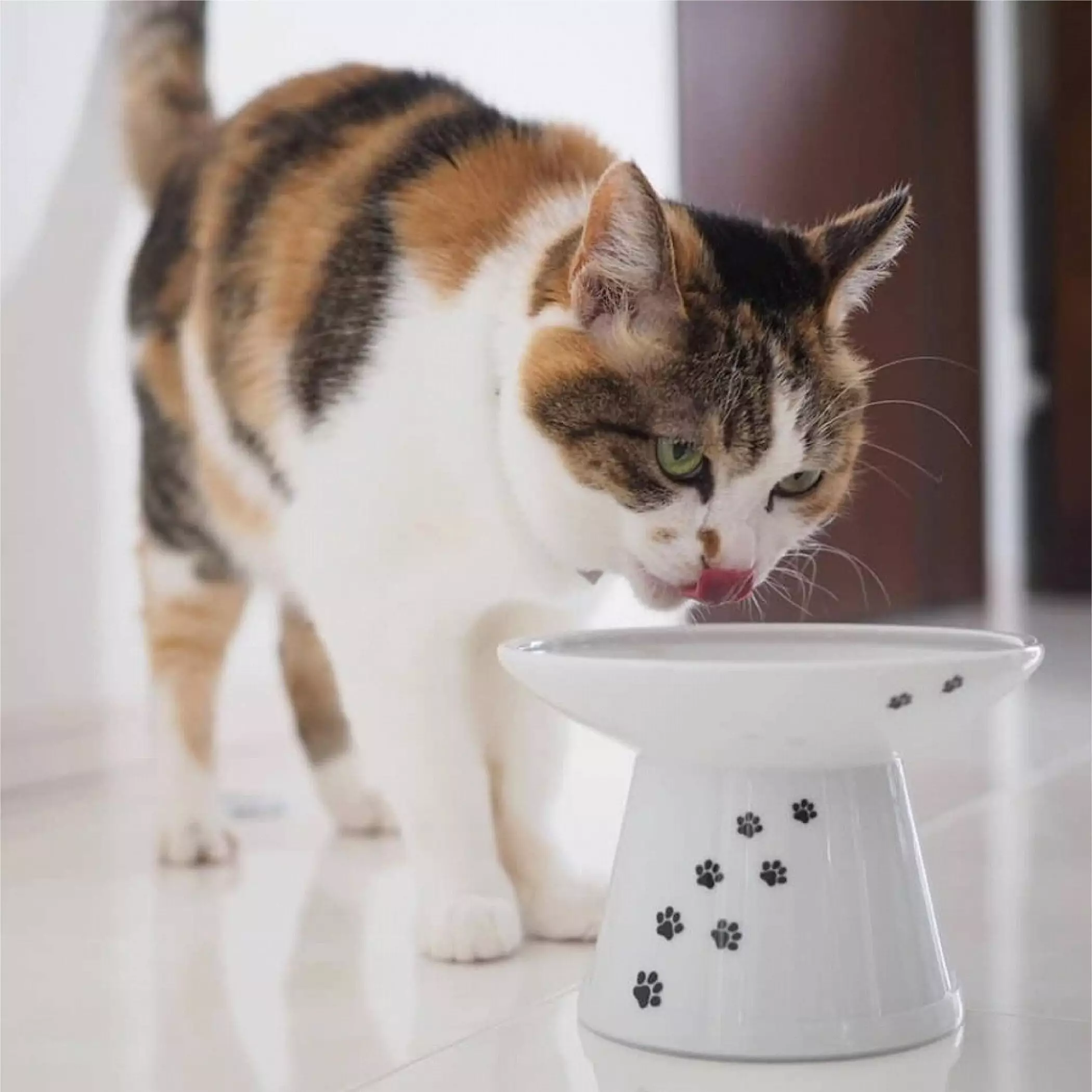Whisker fatigue is a condition that many cat owners may be unaware of, yet it plays a pivotal role in their pets’ overall well-being. Whiskers are much more than just decorative facial features; they are specialized sensory organs that help cats navigate their environment. Constructed from a robust structure filled with nerve endings, whiskers allow cats to gauge the dimensions and dynamics of their surroundings. When a cat experiences whisker fatigue, these sensitive whiskers become overstimulated, often causing anxiety and discomfort. This condition typically arises when a cat’s whiskers constantly contact surfaces such as narrow food or water bowls, resulting in an overwhelming sensory experience.
Identifying the Causes of Whisker Fatigue
Identifying the source of whisker fatigue is imperative for remediation. Several key factors contribute to this condition in cats:
1. **Narrow Feeding Vessels**: Traditional food and water bowls that are deep or slim can trap a cat’s whiskers, causing repeated contact with the sides while the cat tries to eat or drink. Such designs are likely to instigate discomfort.
2. **Crowded Eating Environments**: In multi-cat households, overlap during mealtime can lead to whisker clashes, where cats make contact with one another’s whiskers, amplifying stress.
3. **Unhygienic Bowls**: If a feeding bowl is not adequately cleaned, food remnants can gather, leading to an irritating situation for your cat’s sensitive whiskers, further intensifying any underlying fatigue.
4. **Extended Eating Episodes**: Cats that take their time eating due to slow consumption or habitual grazing can have their whiskers stimulated longer than usual, causing cumulative fatigue.
Understanding the signs of whisker fatigue is crucial for timely intervention. Symptoms may include:
1. **Appetite Changes**: Affected cats may show a disinterest in food or reduce their overall consumption, which could be an indicator of discomfort.
2. **Pawing Behavior**: Cats suffering from whisker fatigue might begin to paw around or at their bowls, indicating dissatisfaction with their eating situation.
3. **Food Displacement**: If your cat starts knocking food out of its bowl to eat off the floor, it may be an intuitive reaction to find a more comfortable way to eat, free from whisker strain.
4. **Behavioral Shifts**: Increased irritability or anxiety can manifest in cats dealing with whisker fatigue, leading to changes in their temperament and overall behavior.
Fortunately, there are effective strategies to mitigate whisker fatigue in cats, creating a healthier feeding environment:
1. **Invest in Suitable Bowls**: Select feeding bowls that are wide and shallow, allowing cats to eat without their whiskers brushing against the sides. Ceramic or stainless steel materials are recommended for their durability and ease of cleaning, while also avoiding the retention of smells.
2. **Establish Multiple Feeding Stations**: For households with several cats, providing separate feeding areas can prevent inadvertent whisker collisions, fostering a calmer mealtime atmosphere.
3. **Maintain Cleanliness**: Routine cleaning of feeding bowls is critical. Ensuring that no food particles or residue are left behind will minimize irritation to your cat’s whiskers.
4. **Use Flat Surfaces**: Flat dishes or plates can serve as alternatives to traditional bowls, significantly reducing the chance of whisker contact and making the dining experience more favorable.
5. **Incorporate Slow Feeders**: For cats prone to overeating, incorporating slow feeder bowls will help control their eating pace, reducing prolonged periods of whisker contact.
6. **Monitor Changes in Behavior**: Stay observant of your cat’s eating habits and body language. Should symptoms persist, consult a veterinarian for further advice and to rule out other health issues.
Whisker fatigue can significantly impact a cat’s quality of life and comfort during feeding. By understanding its causes, identifying symptoms, and implementing appropriate changes to their feeding routines, cat owners can ensure their furry companions are both happy and secure during mealtime. In fostering a comfortable feeding environment, we contribute to our pets’ overall health and happiness, ultimately enhancing their well-being and strengthening the bond between cat and owner. A well-fed, content cat is a joy to have in any household!


Leave a Reply